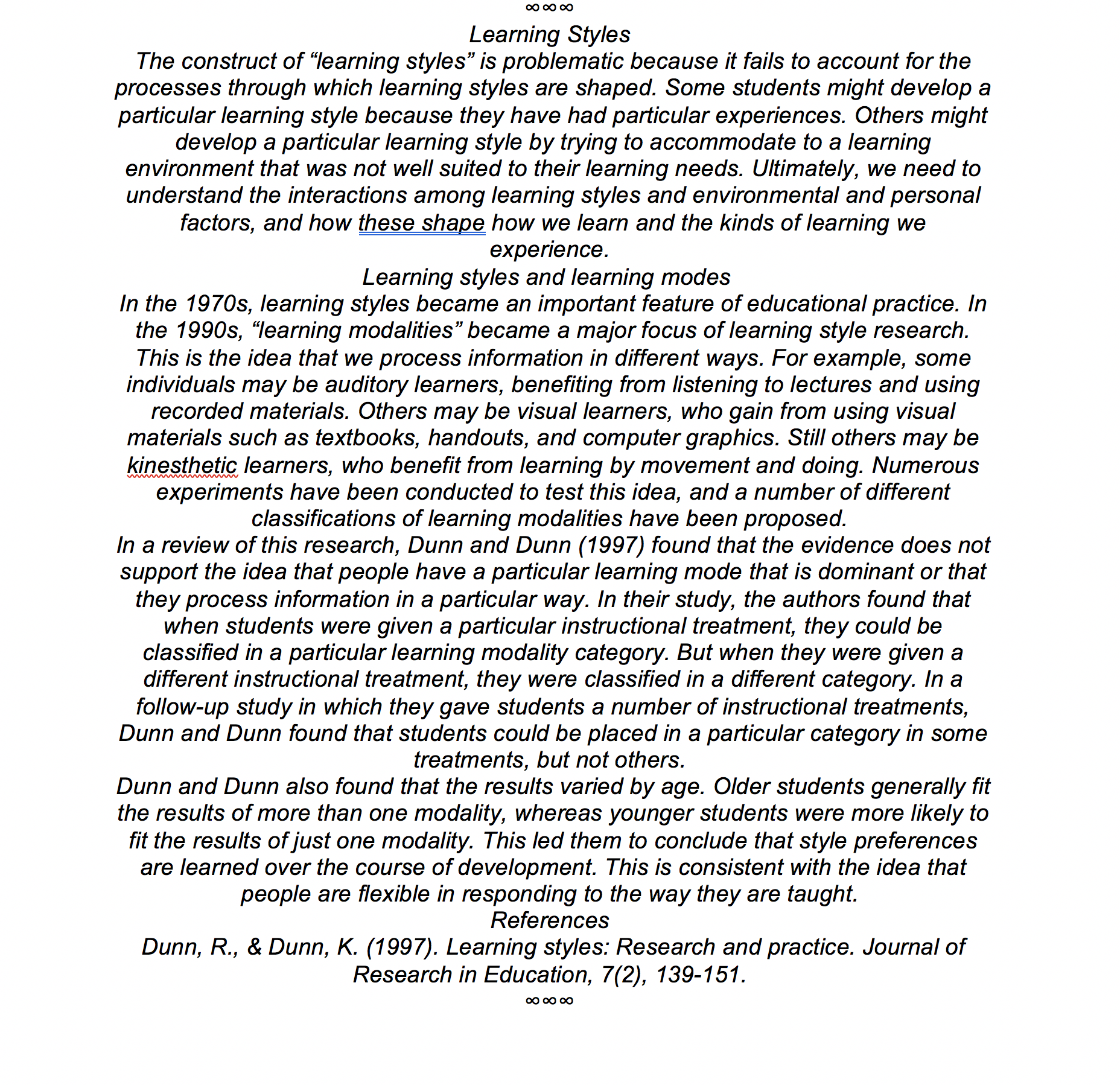As more assessment moves online, Mike Sharples, co-author of the forthcoming book, Story Machines, demonstrates how artificial intelligence (AI) can be used to write essays, and why it’s a challenge and an opportunity for teachers.
Despite the growing focus on AI personalised learning and tutoring systems, an interesting technology has slipped by unnoticed. It’s called a transformer and it acts as a universal language tool. It could become a gift for student cheats, a powerful teaching assistant, or a tool for creativity. But what is certain is that it’s set to disrupt education. Here’s how.
It could become a gift for student cheats, a powerful teaching assistant, or a tool for creativity.
AI writes just like you
Take a minute to read this graduate student essay on the controversial topic of learning styles. If this were your student, how would you assess the essay? What mark would you give? What are its strengths and weaknesses?
 Transformer AI can write plausible student essays
Transformer AI can write plausible student essays
The entire essay was written by a transformer AI program, GPT-3. I gave it the prompt ‘The construct of “learning styles” is problematic because’ and it produced the rest, including headings and references. Plagiarism software will not detect essays written by transformers, because the text is generated not copied. A Google search of the essay shows that each sentence is original.
Note its reference for ‘Dunn and Dunn (1997).’ There is a journal titled Research in Education, but no issue 7(2) in 1997. Dunn and Dunn did publish on learning styles, but not in that journal. GPT-3 has fashioned a plausible-looking, but fake reference. It has also invented a fictitious research study from Dunn and Dunn to critique learning styles.
Anyone can sign up for an account with the GPT-3 transformer, then navigate to its ‘Playground,’ type the opening words of an assignment, press ‘Submit’ and let it do the rest. A user can now generate an entire essay or assignment in seconds, at a cost of around one US cent. Other companies and universities are developing transformer systems that write in multiple languages and learn as they go.
Some transformers, such as GPT-3, can filter bad language. But they are essentially amoral: they don’t know what they have written, they can’t reflect on their output. Can a powerful, but amoral, text generator be used for good in education? Here are some suggestions.
Can a powerful, but amoral, text generator be used for good in education?
AI can generate feedback
Just as a student can generate an essay in seconds, so can a teacher offer feedback on it. If the teacher inserts ‘Here is a short assessment of this student essay:’ at the end of the student essay, GPT-3 will generate a review. See below.
 Transformer AI can give feedback to students
Transformer AI can give feedback to students
It does a reasonable job. The program transforms surface text into a review, but it doesn’t get to the essay’s meaning, nor does it find the fake reference or the made-up research study.
Students will employ AI to write assignments; teachers will use AI to assess them. Nobody learns, nobody gains. If ever there was a time to rethink assessment, it’s now. Instead of educators trying to outwit AI transformers, let’s harness them for learning.
Instead of educators trying to outwit AI transformers, let’s harness them for learning.
AI – a transformer for learning
Firstly, transformers can quickly show students different ways to express ideas and structure assignments. A teacher can run a classroom exercise to generate a few assignments on a topic, then get students to critique them and write their own better versions.
Secondly, AI transformers can be creativity tools. Each student writes a short story using AI. The student writes the first paragraph, AI provides the second, and so on it continues. It’s a good way to explore possibilities and overcome writer’s block.
Thirdly, teachers can explore the ethics and limits of AI. How does it feel to interact with an expert wordsmith that has no morals and no experience of the world? Does a deep neural network have a mind, or is it just a big data processor?
Finally, as educators, if we are setting students assignments that can be answered by AI transformers, are we really helping students learn? There are better ways to assess for learning: constructive feedback, peer assessment, teachback. If transformer AI systems are to have a lasting influence on education, maybe that will be as a result of teachers and policy makers rethinking how to assess students, moving away from setting assignments that machines can answer towards assessment for learning.
Note: A version of this post first appeared on 17 May 2022 on the LSE Impact Blog and we are grateful for their permission to reproduce it here.
_______________________________________________________________________________________________________________________
This post is opinion-based and does not reflect the views of the London School of Economics and Political Science or any of its constituent departments and divisions.
_________________________________________________________________________________________________________________________
Image credit: Shahadat Rahman on Unsplash




